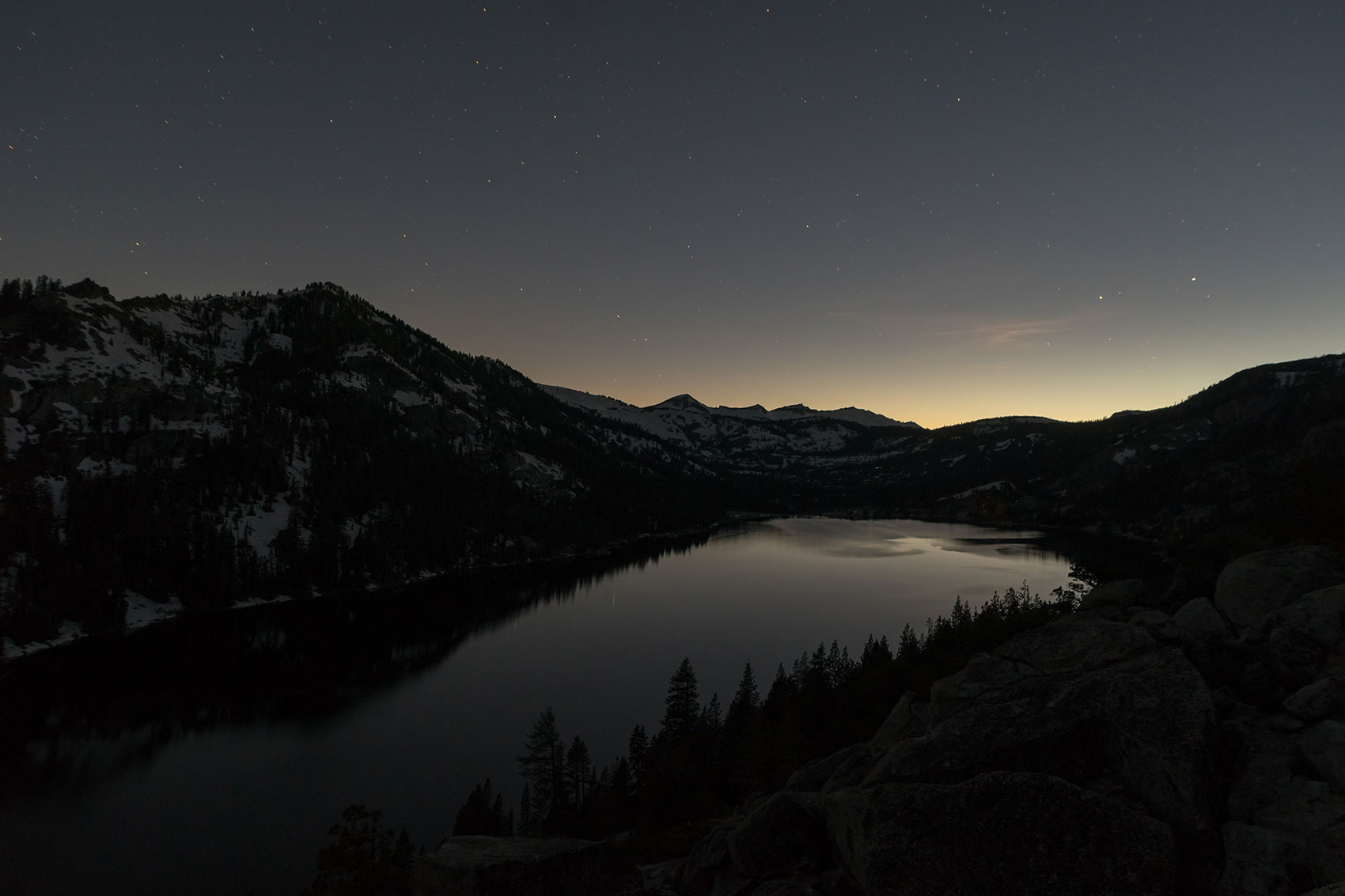Washington, D.C. is undergoing a true urban renewal. Multiple smaller efforts are combining to once again transform Washington, D.C back into the proper urban center for the District it once was—but hasn’t been in decades.
But these renewal efforts are doing more than returning D.C. to past highs—some of these efforts will make D.C. a greater city than it ever was.
One such effort is the ongoing transformation of Washington, D.C. into a waterfront city.
Joining A Larger Movement Back to the Water
Many cities around the world are rediscovering their waterfronts. Amer Hammour, CEO of Madison Marquette, calls this “a mass rush to the waterfront.” He explains this return of city-dwellers to waterfront living has been occurring “all over the world” for the past 20 years. As he explains, “People are paying more to live near the water, enjoy the water views, and cities are working on large projects to take advantage of waterfronts.”
Washington, D.C. is one of the most recent cities to join this movement back to the water. Monty Hoffman, CEO of P.N. Hoffman, argues, “Washington D.C. is a waterfront city, but we don’t really behave that way.” Until recent efforts began, most of the city’s waterfront was only being used for office buildings and industrial parks.
The effort to transform Washington, D.C. into a waterfront city comes from a few different angles and is located primarily within two major neighborhoods—the Southeast and Southwest waterfronts. In these neighborhoods, developers are tapping the area’s natural resources.
In the Southeast: The Capitol Riverfront
20 years ago Washington, D.C.’s developers envisioned a revitalized Capitol Riverfront. Developers believed “the Southeast Federal Center acreage could be more than an office complex; it could be the center of the revitalization of the southeast waterfront.”
So far, public/private partnerships have invested over $4 billion in this vision. The results have been significant. New construction has transformed over 12.5 million square feet of the neighborhood. Developers have planned to create new parks, a new baseball stadium, and increased access to the river. As of 2015, approximately 34% of this buildout was completed—the same year the Capitol Riverfront was Washington D.C.’s fastest-growing residential area.
In the next few years over 2,400 new residential units are expected to finish development, as well as a new Whole Foods (opening this year), more restaurants, and the D.C. United Soccer Stadium (expected in 2018, but which may finish construction as early as this summer).
The Capitol Riverfront is becoming one of D.C.’s great neighborhoods on its own, but it’s also opening up access to other neighborhoods. The new Frederick Douglas Bridge is due to be completed by 2020, where it will provide greater access to Washington, D.C. from the south. Likewise, South Capitol Street is being “rebuilt into a grand urban boulevard befitting the approach from the south to the U.S. Capitol building and complex”, and will eventually connect to the Southwest Waterfront.
Perhaps Washington D.C.’s most dramatic—and high-profile—transformation into a waterfront city is happening in the Southwest, at the development known as The Wharf. This development encompasses “the little-used mile-long stretch along the river’s Washington Channel” which is being developed “into a vibrant, mixed-use community.”
The Wharf is one of our city’s most ambitious developments to date. It will be the result of a $2 billion mixed-use project that aims to encompass 3.2 million square feet, including 25 acres of land, 50 acres of water, and 3 new public piers.
The first phase of The Wharf—ticketed at $1 billion—is scheduled to be completed in October of this year. When this phase completes, The Wharf is expected to provide 435,000 square feet of office space, three hotels, over 650 new rental apartments and 230 new condos—not to mention a new concert hall and 20 new restaurants.
The completion of phase 1 of The Wharf will coincide with expanded water taxi service that will further link our city’s waterfront. The second phase of the project is slated to be completed in 2021, which will offer more of everything The Wharf will provide later this year—more residential, retail and office space, with more piers, docks, and parks as well.
Imagining D.C.’s Future
The transformation of The Wharf and the Capitol Riverfront—and the larger transformation of Washington, D.C. into a waterfront city—show just how much can be accomplished when developers apply their imagination to the needs of our community, and combine that with the right financial support.
Written by: Evergreen Private Finance










